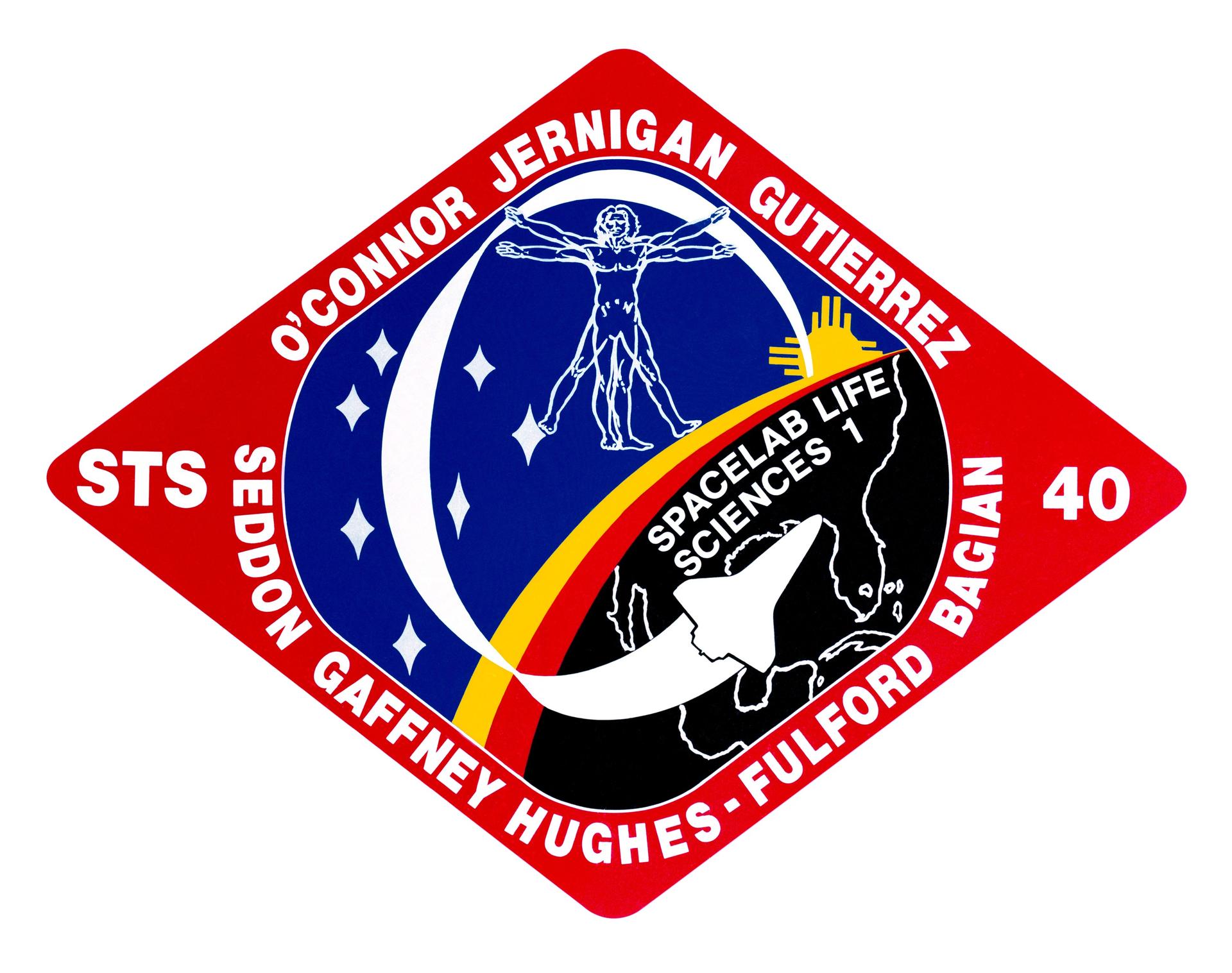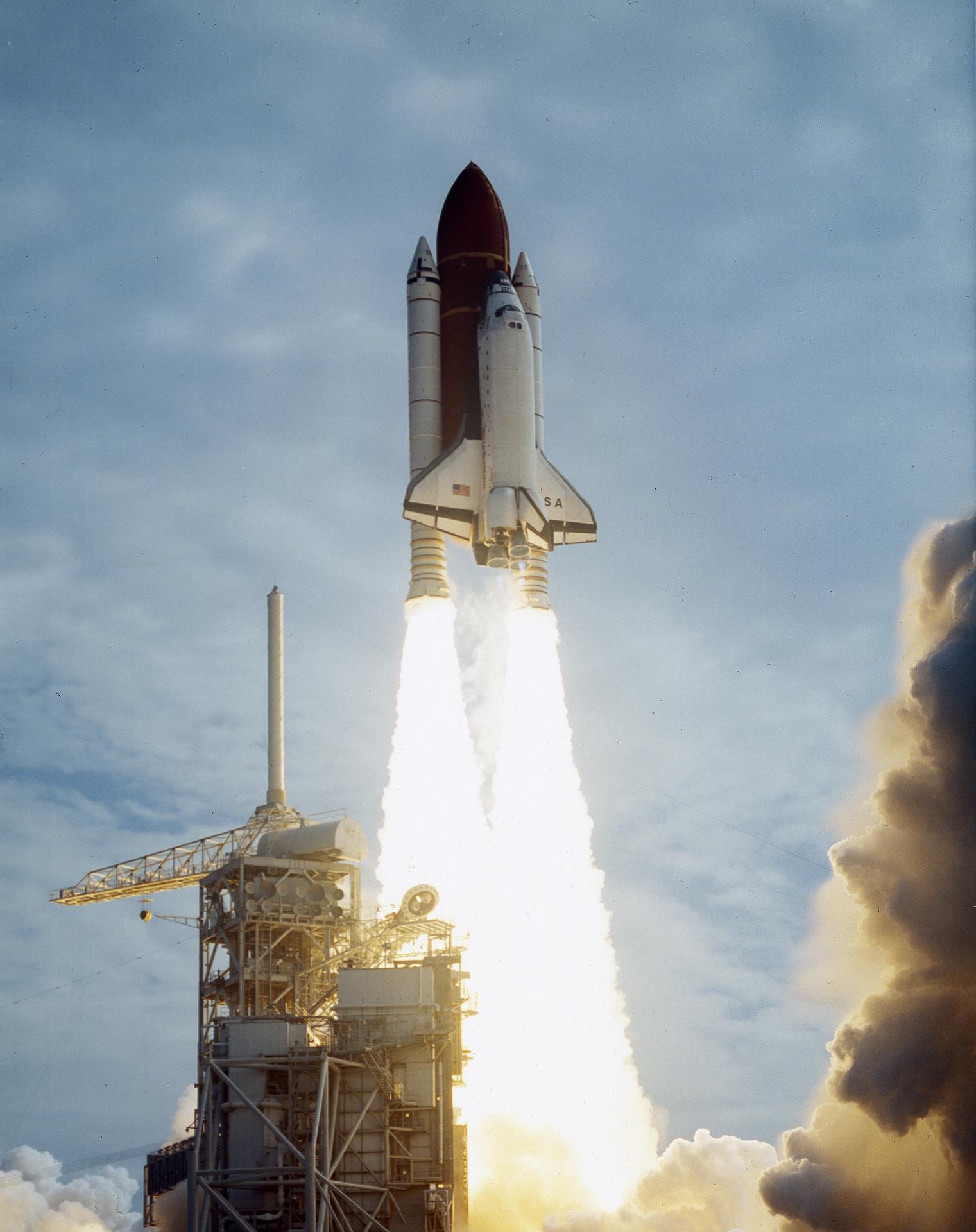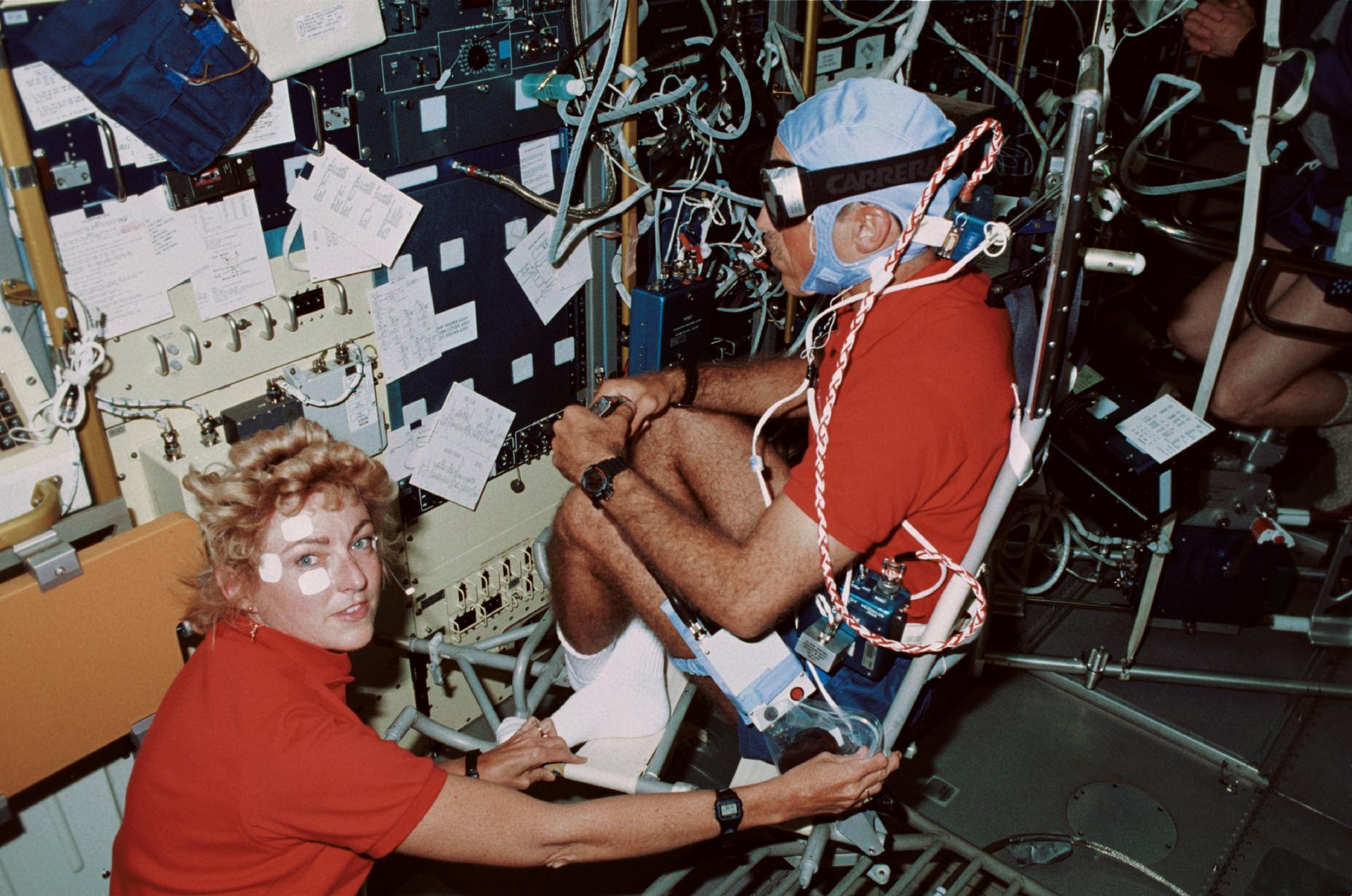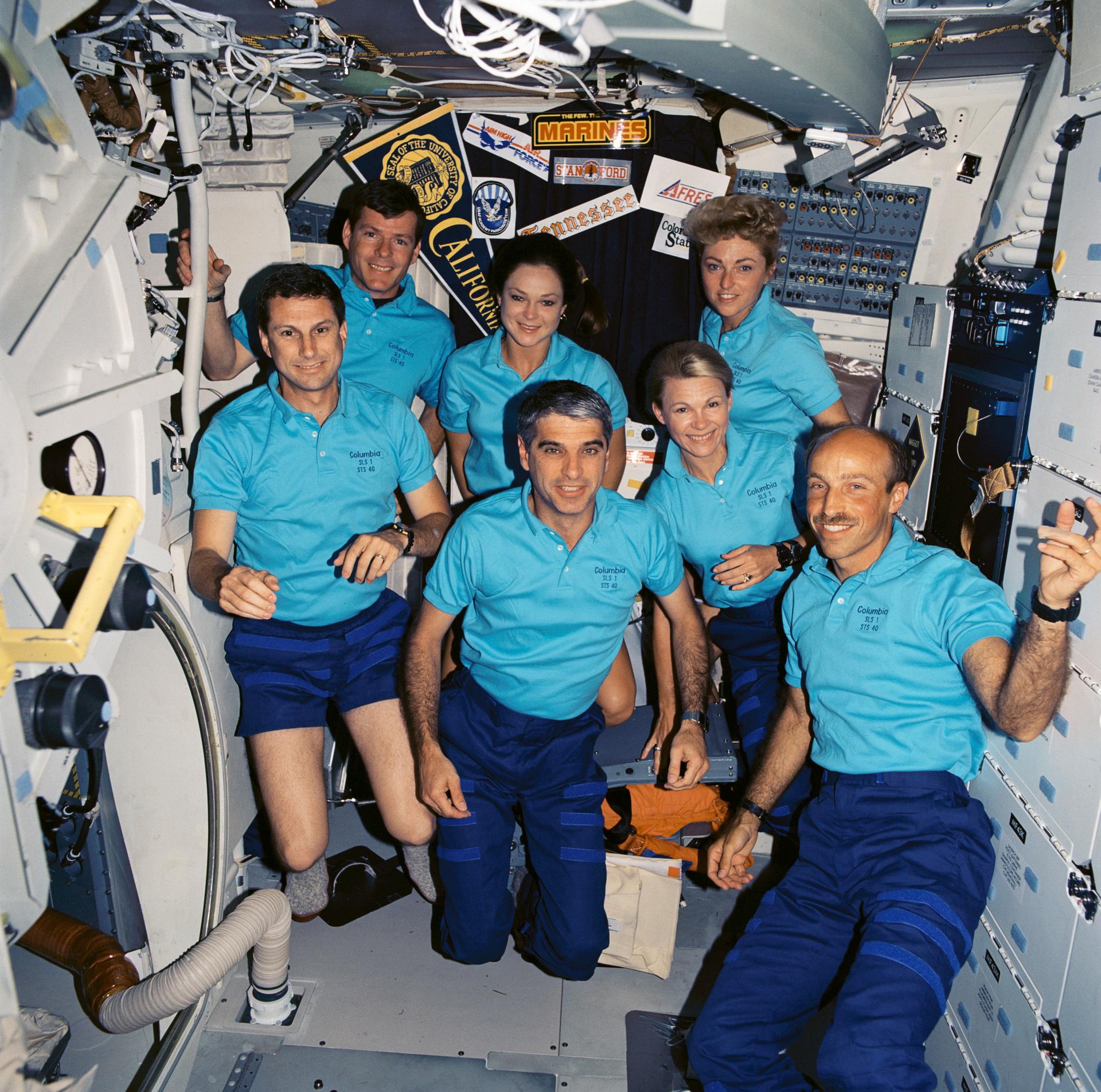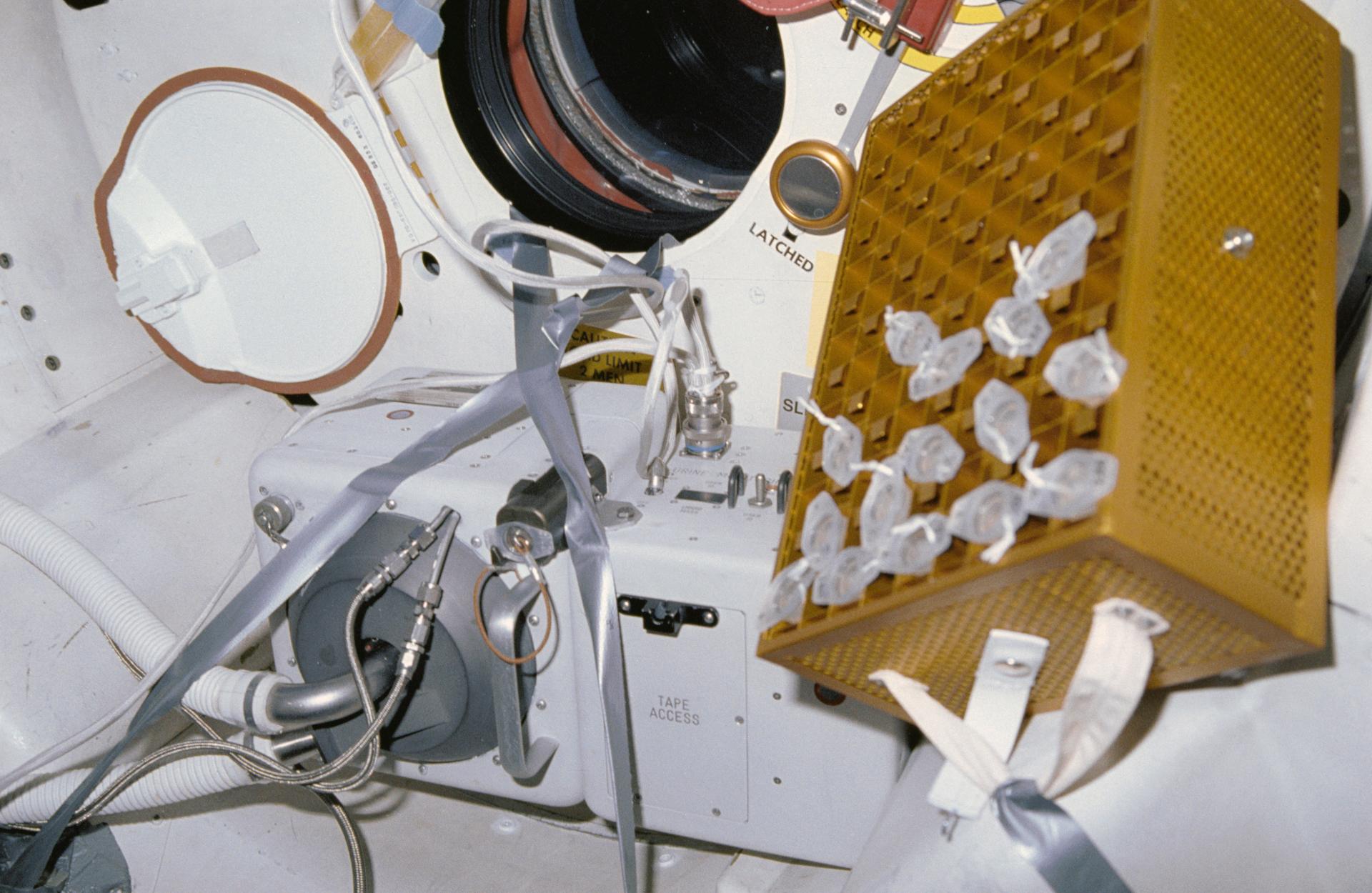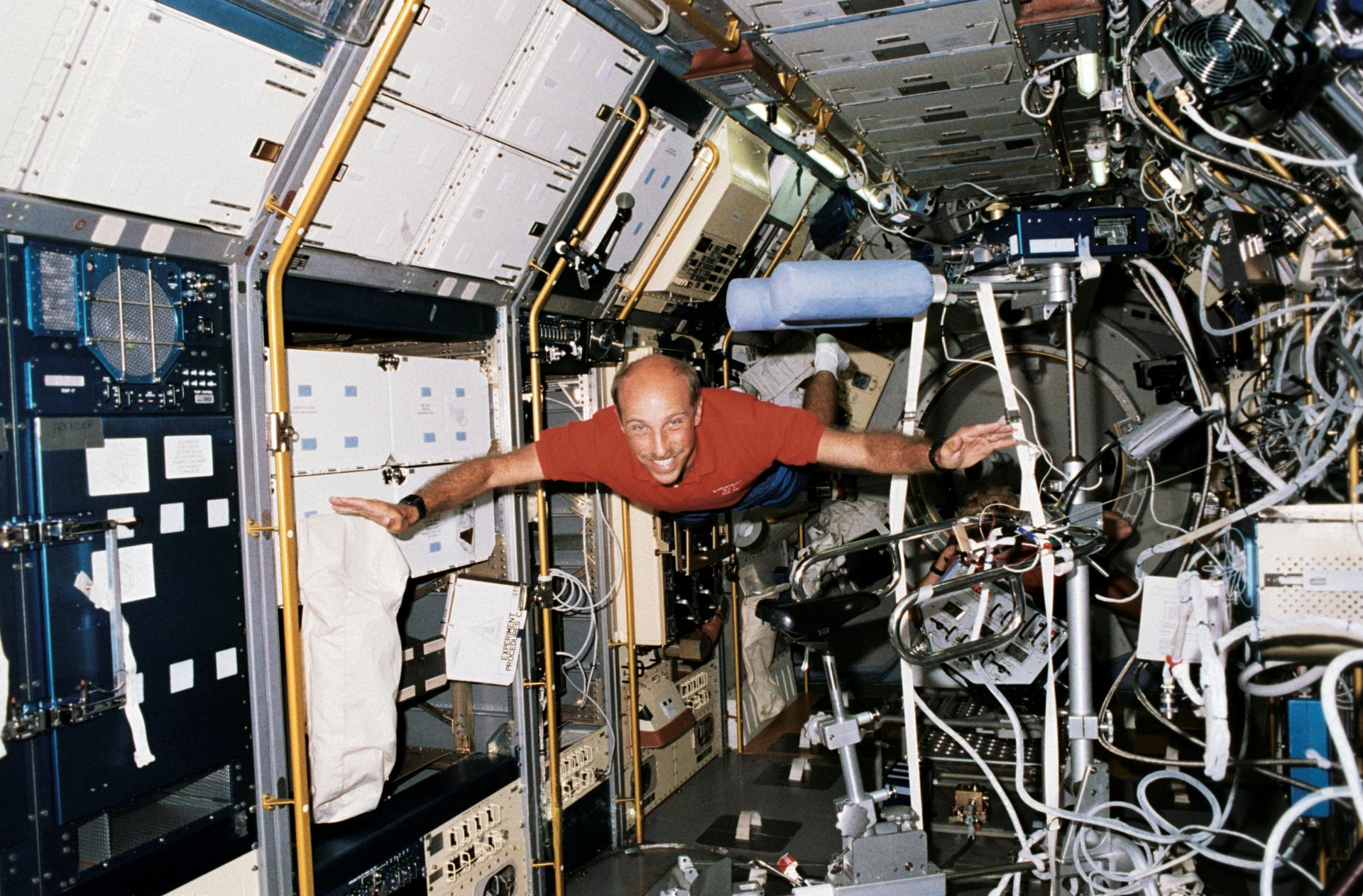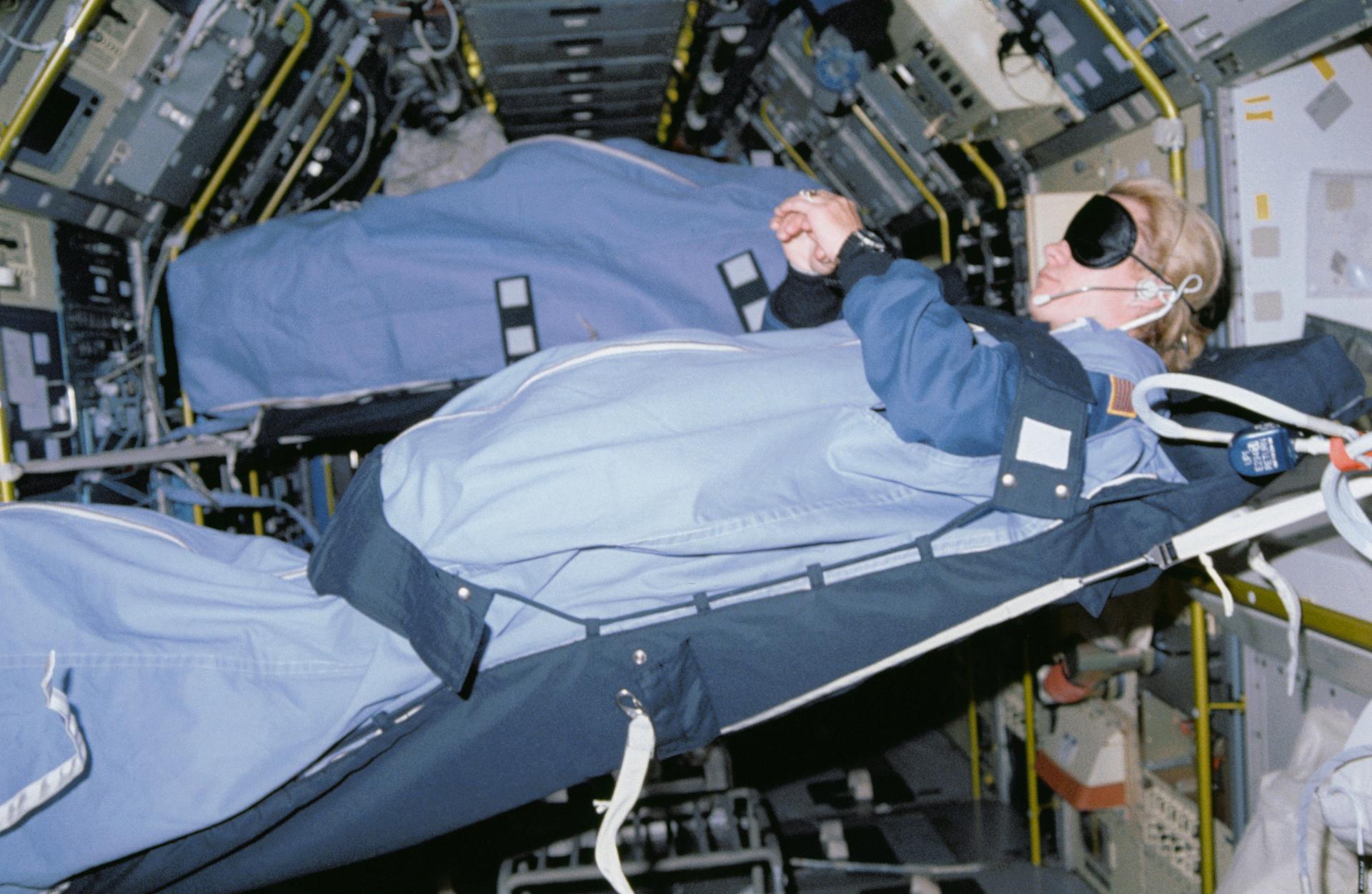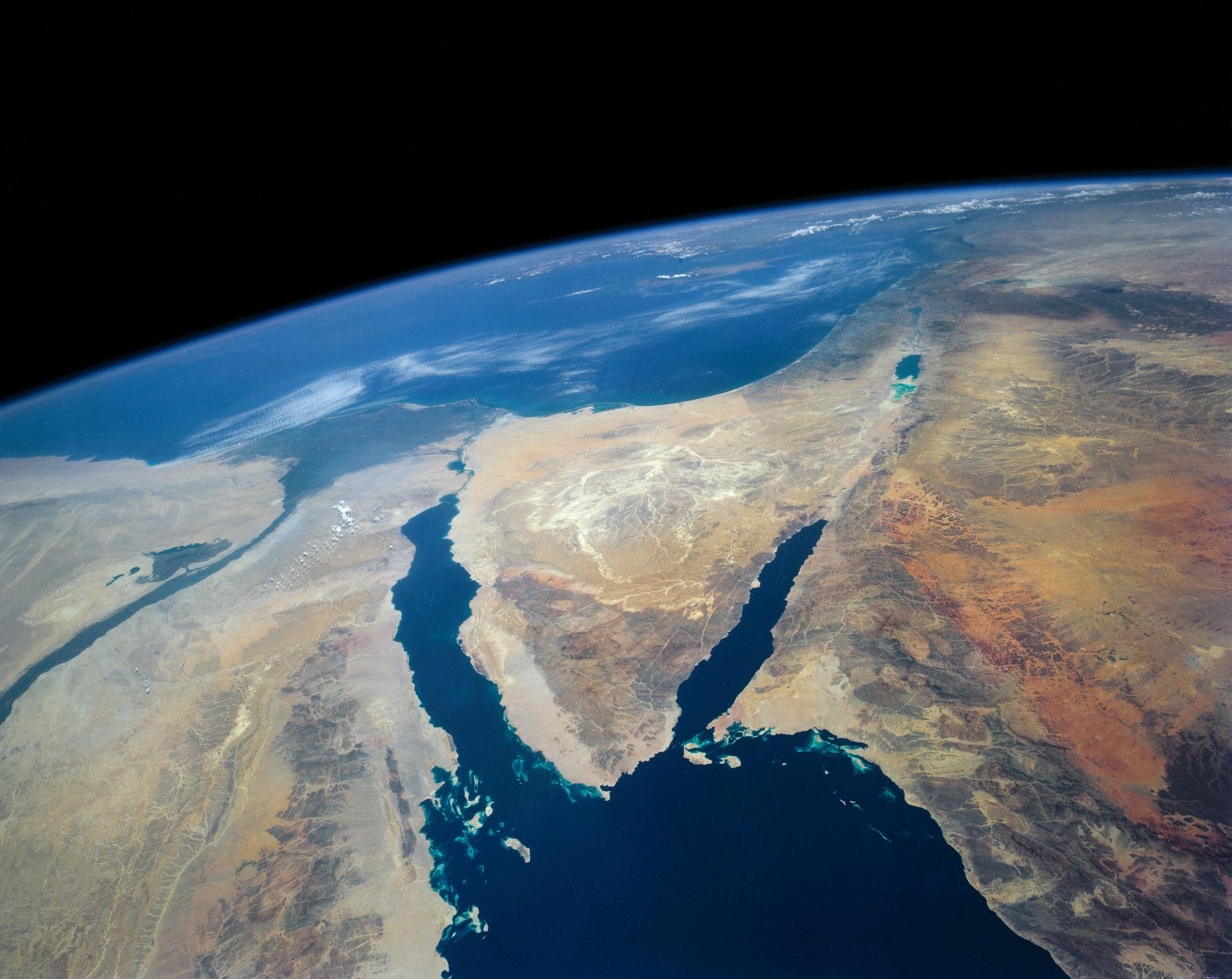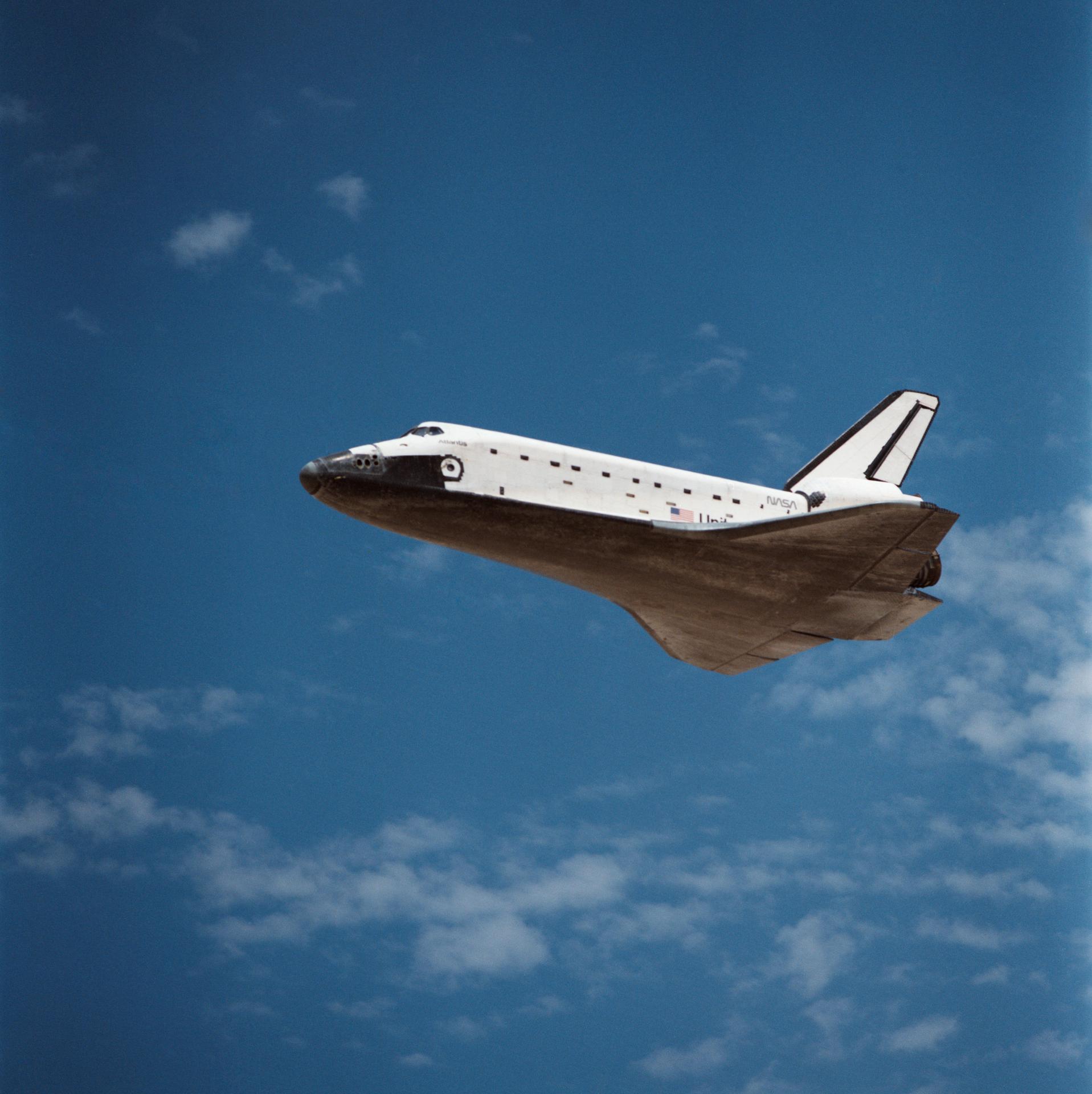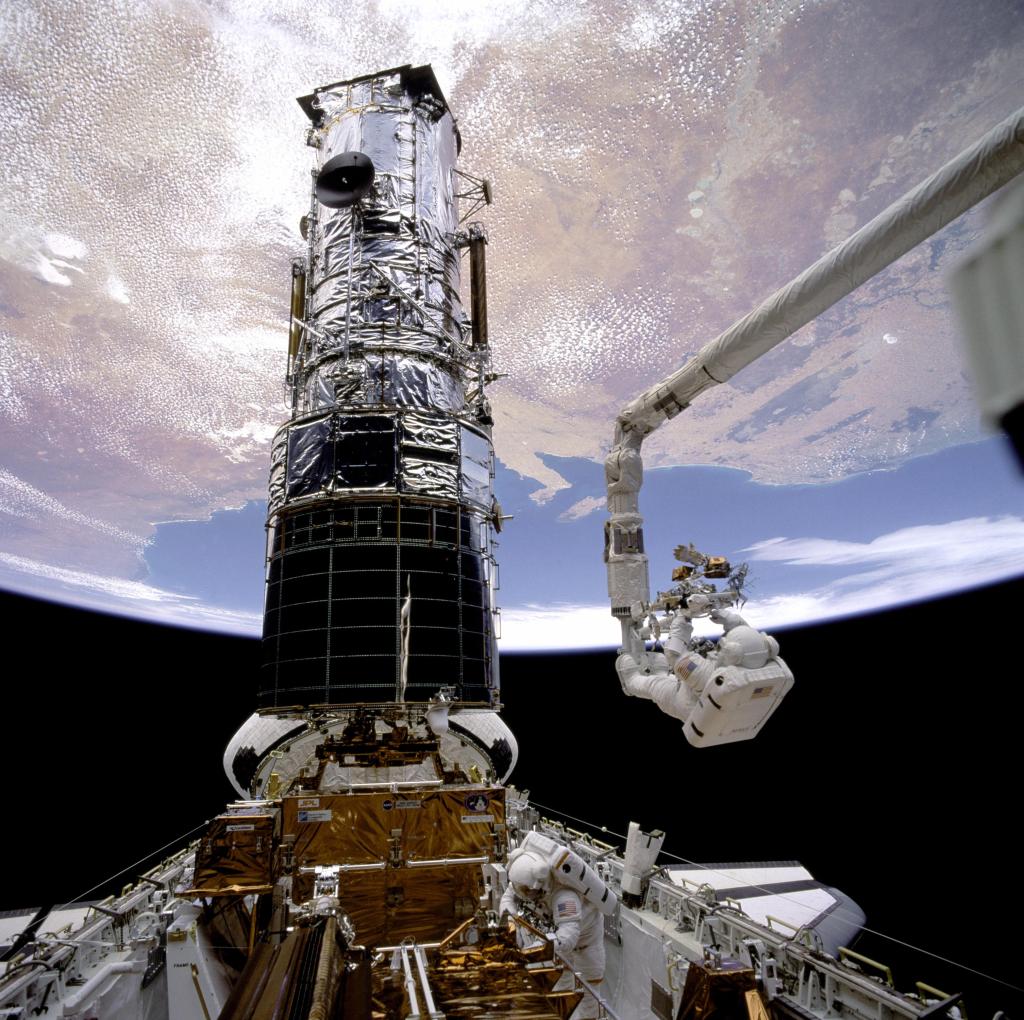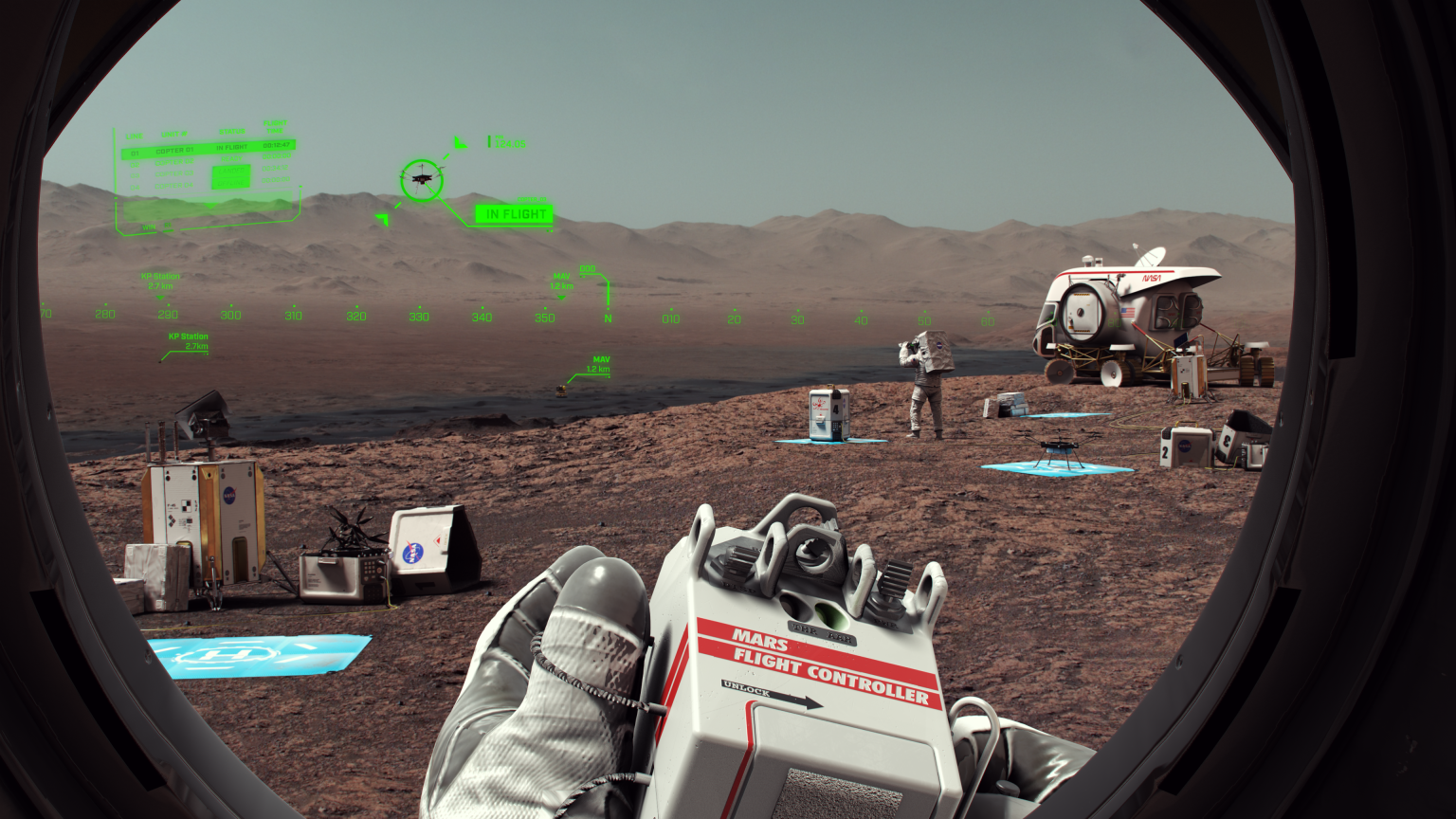
STS-40
STS-40 was the fifth dedicated Spacelab mission, Spacelab Life Sciences-1, and first mission dedicated solely to life sciences, using the habitable module.
Orbiter
mission duration
Launch
Landing
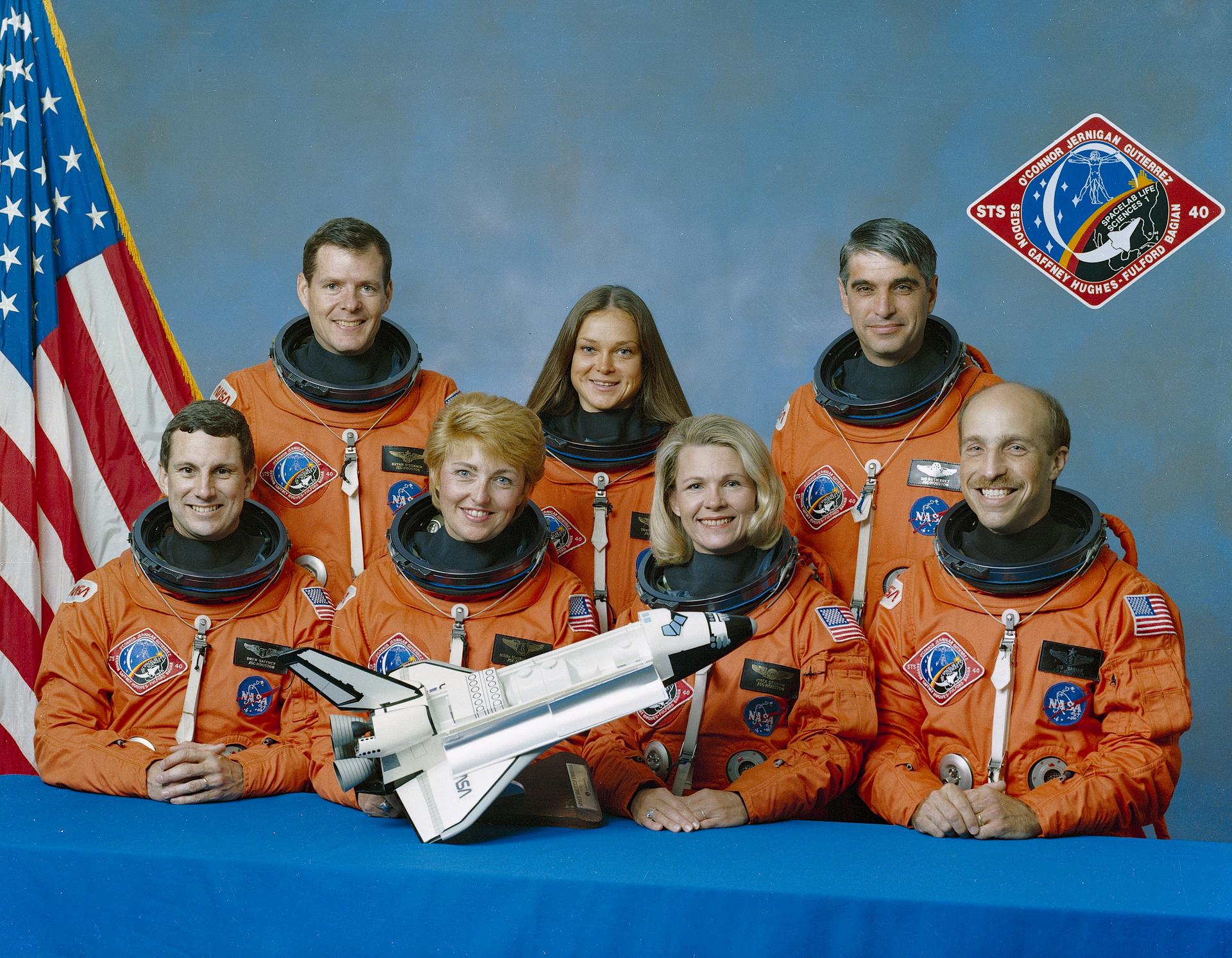
Mission Facts
Mission: Spacelab Life Sciences-1
Space Shuttle: Columbia
Launch Pad: 39B
Launch Weight: 251,970 pounds
Launched: June 5, 1991, 9:24:51 a.m. EDT
Landing Site: Edwards Air Force Base, Calif.
Landing: June 14, 1991, 8:39:11 a.m. PDT
Landing Weight: 226,535 pounds
Runway: 22
Rollout Distance: 9,438 feet
Rollout Time: 55 seconds
Revolution: 146
Mission Duration: 9 days, 2 hours, 14 minutes, 20 seconds
Returned to KSC: June 21, 1991
Orbit Altitude: 157 nautical miles
Orbit Inclination: 39 degrees
Miles Traveled: 3.8 million
Crew
Bryan D. O’Connor, Commander
Sidney M. Gutierrez, Pilot
F. Drew Gaffney, Mission Specialist
Millie-Hughes Fulford, Mission Specialist
Rhea Seddon, Mission Specialist
James P. Bagian, Mission Specialist
Tamara E. Jernigan, Mission Specialist
Launch Highlights
The launch was originally set for May 22, 1991. The mission was postponed less than 48 hours before launch when it became known that a leaking liquid hydrogen transducer in the orbiter main propulsion system, which was removed and replaced during leak testing in 1990, had failed an analysis by the vendor. Engineers feared that one or more of the nine liquid hydrogen and liquid oxygen transducers protruding into fuel and oxidizer lines could break off and be ingested by the engine turbopumps, causing engine failure.
In addition, one of the orbiter five general purpose computers failed completely, along with one of the multiplexer demultiplexers that control orbiter hydraulics ordinance and orbiter maneuvering system/reaction control system functions in the aft compartment.
A new general purpose computer and multiplexer demultiplexer were installed and tested. One liquid hydrogen and two liquid oxygen transducers were replaced upstream in the propellant flow system near the 17-inch disconnect area, which is protected by internal screen. Three liquid oxygen transducers replaced at engine manifold area, while three liquid hydrogen transducers here were removed and openings plugged. Launch reset for 8 a.m. EDT, June 1, but postponed again after several attempts to calibrate inertial measurement unit 2 failed. Unit was replaced and retested, and launch was rescheduled for June 5.
Mission Highlights
The fifth dedicated Spacelab mission, Spacelab Life Sciences-1, and first mission dedicated solely to life sciences, using the habitable module. The mission featured the most detailed and interrelated physiological measurements in space since 1973-1974 Skylab missions. Subjects were humans, 30 rodents and thousands of tiny jellyfish. Primarily the SLS-1 experiments studied six body systems; of 18 investigations, ten involved humans, seven involved rodents, and one used jellyfish.
The six body systems investigated were cardiovascular/cardiopulmonary (heart, lungs and blood vessels); renal/endocrine (kidneys and hormone-secreting organs and glands); blood (blood plasma); immune system (white blood cells); musculoskeletal (muscles and bones); and neurovestibular (brains and nerves, eyes and inner ear). Other payloads included twelve Get Away Special (GAS) canisters installed on the GAS bridge in the cargo bay for experiments in materials science, plant biology and cosmic radiation; Middeck Zero-Gravity Dynamics Experiment (MODE); and seven Orbiter Experiments (OEX).
STS-40
Shuttle News
Retired Space Shuttle Locations
Shuttle Atlantis – Kennedy Space Center Visitor Complex Shuttle Discovery – Steven F. Udvar-Hazy Center Shuttle Endeavour – California Science…
Read the Story



























